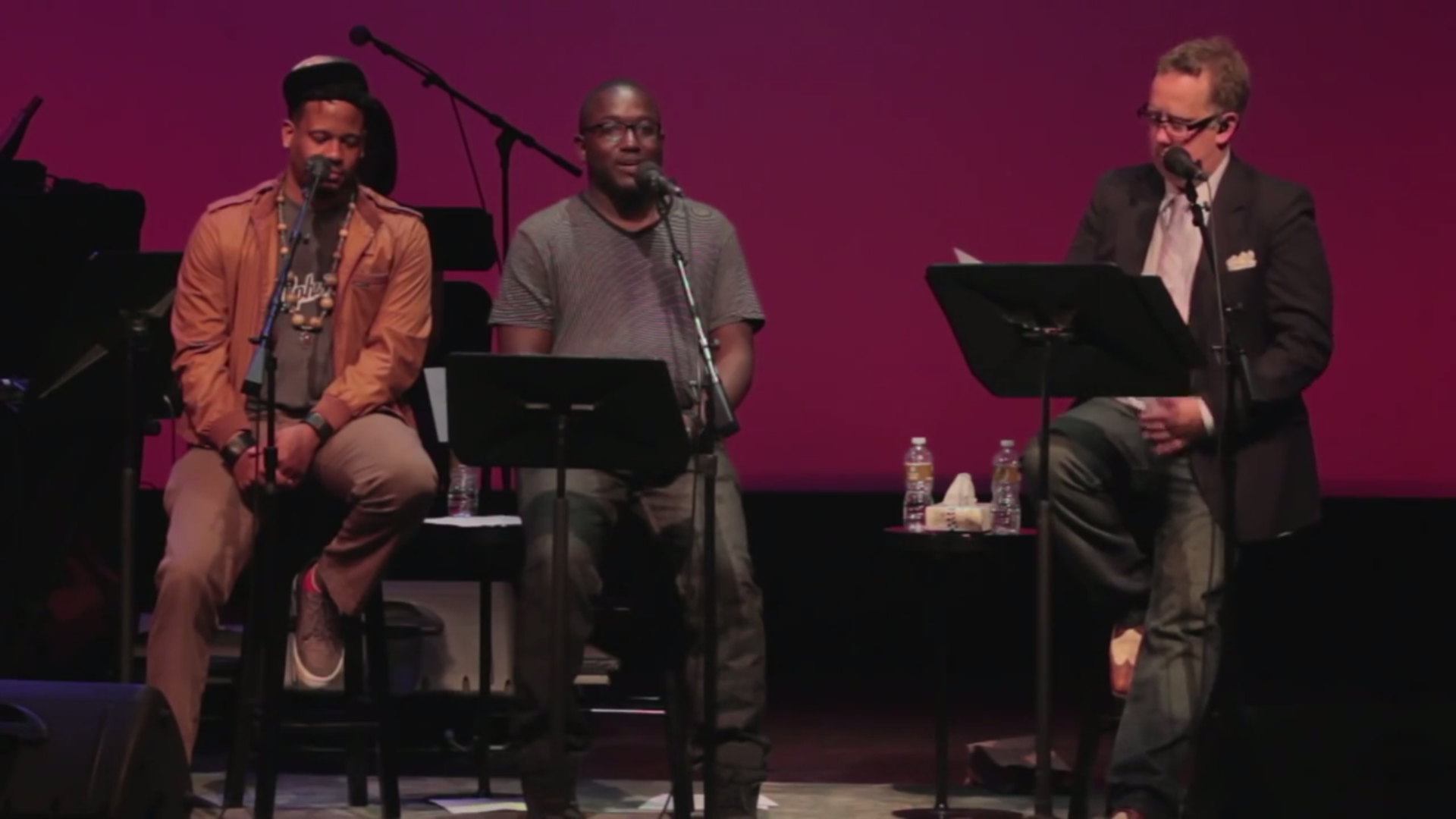Views expressed in opinion columns are the author’s own.
Open Mike Eagle, whose new album dropped in September, challenges hip-hop stereotypes and draws inspiration from various genres — just listen to him talk about They Might Be Giants. He also coined the phrase “art rap” to describe his style of music. All rap is art, of course, but early in his career Open Mike Eagle realized the term wasn’t nearly descriptive enough. By creating a new subgenre within hip hop, he challenges the expectation of a monolithic black culture and expands the language we use to describe black art.
“You can’t call everything ‘hip-hop,'” he told L.A. Weekly. “I was listening to rock music, and it struck me that a lot of the rock I liked was called ‘art rock.’ I started wondering why they had a genre where they can do whatever the fuck they want to do, and rappers are scorned if they don’t have enough machismo.”
In naming his own genre, which is now populated by figures such as Busdriver, Milo and Billy Woods, he gave language to the too-often ignored world of alternative hip-hop. No rapper fits cleanly into any one description, least of all Open Mike Eagle. But the term “art rap” is not really about creating labels — it’s about breaking them down. Amid a culture of music writing that lumps rappers together, art rap exists to challenge that single story.
Expanding the language we use for black art is, in many ways, about expanding our view of what it means to be black. For too long, white categorizations have created clichés, which in turn have become stereotypes. We should reflect on how labels work to influence art, especially when we expect a specific portrait of black masculinity from the genre. Rock and punk have dozens of sub-labels and niche categories, just as whiteness in America does. The music of art rap demands that same opportunity for black artists.
There are some who might misuse art rap as a way to embrace respectability politics. For those already inclined, it’s easier to dismiss songs about gang violence or celebrations of wealth when there is an example of “real art” to point to. But art rap has never been about stipulating a right way to make hip-hop. Rather, it is all about finding more ways for Open Mike Eagle to express himself within the form. The ability to rap about Patch Adams, In Living Color and the Koch Brothers in the same song is what art rap is all about.
Art rap does not aspire to pretension (or maybe it does, but only to have the same amount white artists are afforded by their subgenres). It simply pushes us to imagine a world where, if someone says they like rap music, the response would have to be, “What kind?” In interviews, Open Mike Eagle explains, “black culture is not just a monolith.” On stage he proves it, one bar at a time.
Jack Lewis is a senior government and politics major. He can be reached at jlewis20@umd.edu.



